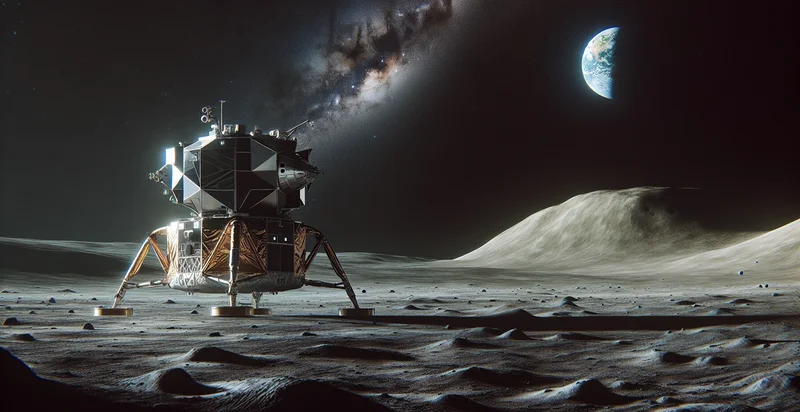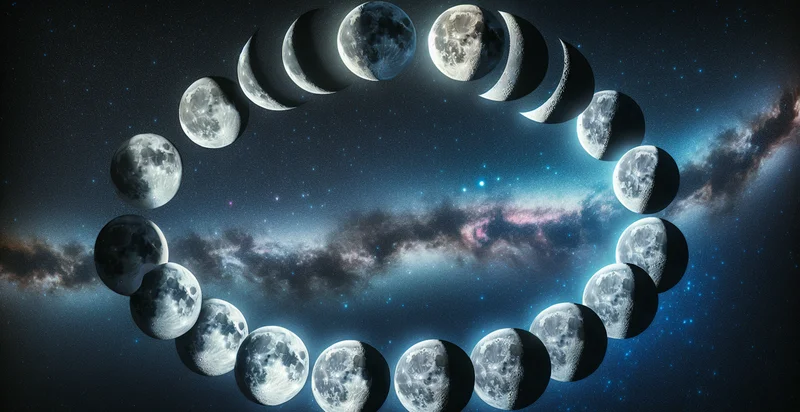Identify lunar lander
using AI
Below is a free classifier to identify lunar lander. Just upload your image, and our AI will predict what type of lunar lander it is - in just seconds.


Contact us for API access
Or, use Nyckel to build highly-accurate custom classifiers in just minutes. No PhD required.
Get started
import nyckel
credentials = nyckel.Credentials("YOUR_CLIENT_ID", "YOUR_CLIENT_SECRET")
nyckel.invoke("lunar-lander", "your_image_url", credentials)
fetch('https://www.nyckel.com/v1/functions/lunar-lander/invoke', {
method: 'POST',
headers: {
'Authorization': 'Bearer ' + 'YOUR_BEARER_TOKEN',
'Content-Type': 'application/json',
},
body: JSON.stringify(
{"data": "your_image_url"}
)
})
.then(response => response.json())
.then(data => console.log(data));
curl -X POST \
-H "Content-Type: application/json" \
-H "Authorization: Bearer YOUR_BEARER_TOKEN" \
-d '{"data": "your_image_url"}' \
https://www.nyckel.com/v1/functions/lunar-lander/invoke
How this classifier works
To start, upload your image. Our AI tool will then predict what type of lunar lander it is.
This pretrained image model uses a Nyckel-created dataset and has 26 labels, including Apollo, Astrobotic, Chang'E, Edelweiss, Electronic Landing System, Extravehicular Activity, Human Lander, Lander Deployment, Lander Design and Lunar Exploration.
We'll also show a confidence score (the higher the number, the more confident the AI model is around what type of lunar lander it is).
Whether you're just curious or building lunar lander detection into your application, we hope our classifier proves helpful.
Related Classifiers
Need to identify lunar lander at scale?
Get API or Zapier access to this classifier for free. It's perfect for:
- Satellite Image Verification: This function can be used to verify the authenticity of satellite images depicting lunar lander missions. By distinguishing between actual images collected from lunar missions and false or manipulated images, space agencies can maintain the integrity of their data.
- Public Misinformation Detection: Social media platforms can implement this classification function to identify potentially misleading or fake images related to lunar exploration. This could be crucial for preserving public trust in scientific findings and promoting accurate information regarding space missions.
- Research Data Quality Control: Academic institutions studying lunar geology can utilize this identifier to filter out false images in their research datasets. By ensuring that only verified images of lunar landers are included, researchers can enhance the reliability of their analyses and conclusions.
- Educational Content Validation: Online educational platforms that provide courses on astronomy or space exploration can use this function to validate images included in their materials. This helps ensure that learners are engaging with accurate representations of lunar landers, enhancing the educational experience.
- Museum Exhibit Authentication: Museums featuring space exploration exhibits could employ this classification function to authenticate images of lunar landers before displaying them. Ensuring that only genuine images are shown helps maintain the credibility of the museum's offerings.
- Media Production Oversight: Television and film production companies working on documentaries about space exploration can use this function to vet images prior to their use. By confirming the authenticity of lunar lander images, producers can deliver accurate and trustworthy content to audiences.
- Space Tourism Marketing: Companies promoting space tourism could use the identifier to ensure that images of lunar landers featured in their marketing materials are legitimate. This validation can help build customer confidence in their offerings and the authenticity of their experiences in space exploration.


